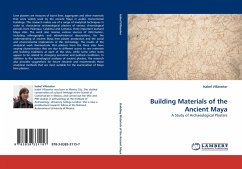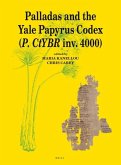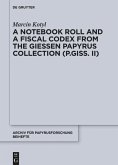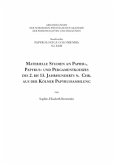Maya codices (singular codex) are folding books stemming from the pre-Columbian Maya civilization, written in Maya hieroglyphic script on Mesoamerican paper, made from the inner bark of certain trees, the main being the wild fig tree or Amate (Ficus glabrata). Paper, generally known by the Nahuatl word amatl, was named by the Mayas huun. The folding books are the products of professional scribes working under the patronage of the Howler Monkey Gods. The Maya developed their huun-paper around the 5th century, the same era that the Romans did, but their paper was more durable and a better writing surface than papyrus. The codices have been named for the cities in which they eventually settled. The Dresden codex is generally considered the most important of the few that survive.
Bitte wählen Sie Ihr Anliegen aus.
Rechnungen
Retourenschein anfordern
Bestellstatus
Storno


